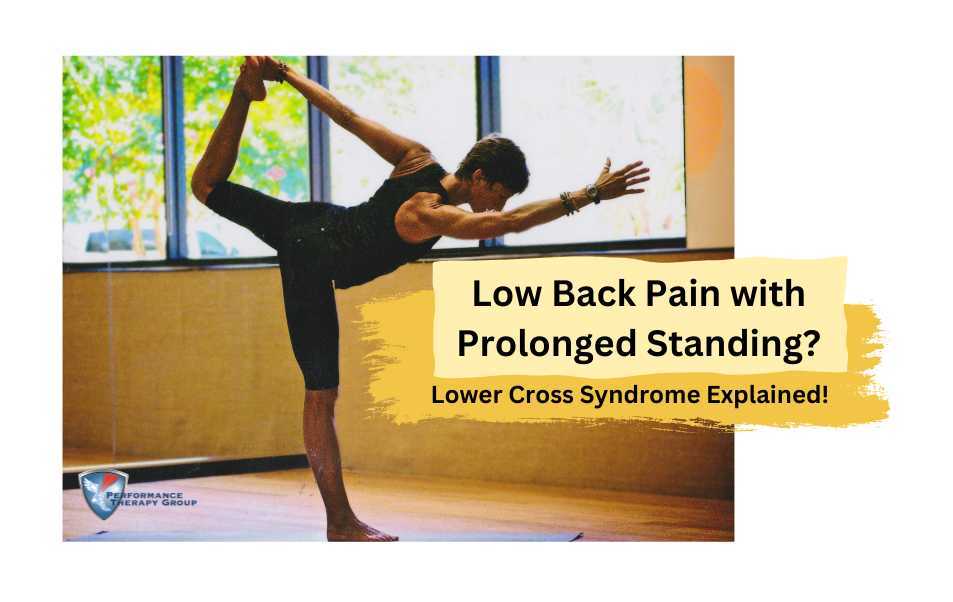
This syndrome is basically a weakness of the hamstrings and tension of the quadriceps and psoas due to the imbalance of the muscle strength in relation to each other. That combination creates an anterior pelvic tilt which jams the facet joints in the back.
Lower Crossed Syndrome Causes
It can be a result of a sedentary lifestyle or any activity that usually involves sitting or standing for a long period of time causing the muscles involved to be overactive and tight just like in:
- desk work
- long hours of walking
- computer work
- excessing standing excercises
How We Manage Lower Cross Syndrome
There are these two joints in the back that get pushed together and compressed and create what we call a hyperlordosis or just an increased curve of the low back. This presentation can jam these joints together in the low back. One of the many things we do is to try to get you into a more neutral position. What initially brings people in are the erector muscles in the low back being jammed up and tight. They feel this achiness with prolonged standing and typically it is worsened when they are put into this hyperlordotic position.
In order to properly assess for lower cross syndrome, we want to take you through some range of motion. Typically your range of motion isn't necessarily restricted with this syndrome, but what you would have is when we put you into extension, it'll cause more intense pain.
*Check out our video to see what we do after we assess the range of motion.






